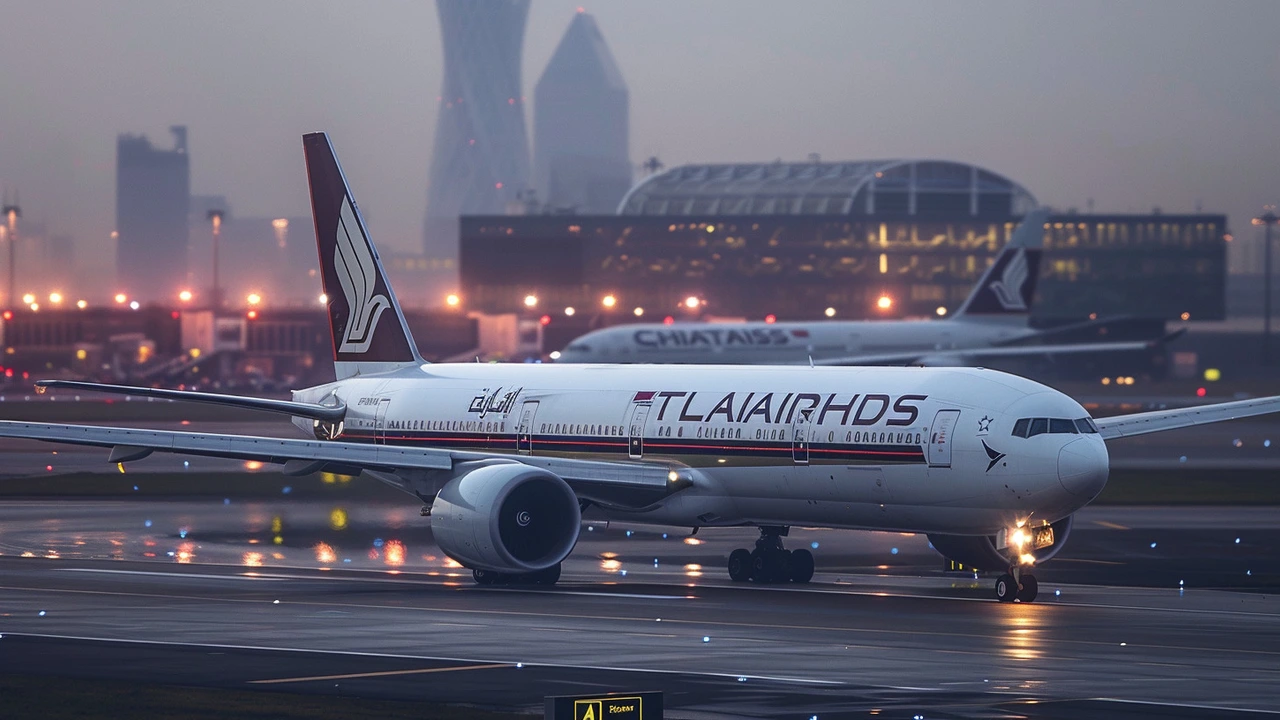Ever felt your plane suddenly shake or bounce during a flight and wondered, "Is this normal?" That jittery feeling is called flight turbulence, a common part of air travel. It happens when the plane moves through unstable air currents, causing brief moments of shaking or bumps. While it can be unsettling, turbulence rarely poses a risk to the aircraft itself.
So, what exactly causes turbulence? It’s often the result of weather changes like wind shifts, storms, or even flying near mountains. Sometimes, turbulence comes from jet streams—fast-moving air currents high above the earth’s surface. Even flying behind another plane can stir the air, creating temporary bumps. Understanding why turbulence happens helps make it feel less scary when it hits unexpectedly.
When your flight hits turbulence, the best move is to stay seated and keep your seatbelt buckled. Airlines advise this as a safety measure since sudden jolts can make you lose balance. If you’re anxious, try deep breathing or focus on a distraction like music or a movie. Remember, pilots are trained to handle turbulence and will often adjust the flight path or altitude to find smoother air.
Sometimes, planes announce upcoming turbulence so you can prepare. Use those moments to settle in and secure any loose items. If you’re traveling with kids or nervous flyers, reassure them that the bumps are just part of flying and nothing to worry about. Most flights face turbulence now and then, but the aircraft are designed to withstand far more intense conditions than normal bumps.
If you want to avoid turbulence, try booking flights early in the day when the air tends to be calmer. Flying on larger aircraft can also help, as they handle turbulence better than small planes. Sitting over the wings often gives you the smoothest ride since this area experiences less motion. While you can’t control the weather, picking these factors can make your flight more comfortable.
So the next time your flight shakes, don’t panic. Think of turbulence as just a bumpy road in the sky—uncomfortable but usually harmless. Keeping your seatbelt on, staying relaxed, and trusting the experts can turn a shaky flight into just another part of your travel story.
Posted by
Siseko Tapile
11 Comments

A tragic incident on Singapore Airlines Flight SQ321 resulted in the death of a 73-year-old British man and injuries to dozens of others due to severe turbulence. The Boeing 777 plunged 6,000 feet, compelling an emergency landing. Investigations are underway to determine the causes and prevent future occurrences.
read more